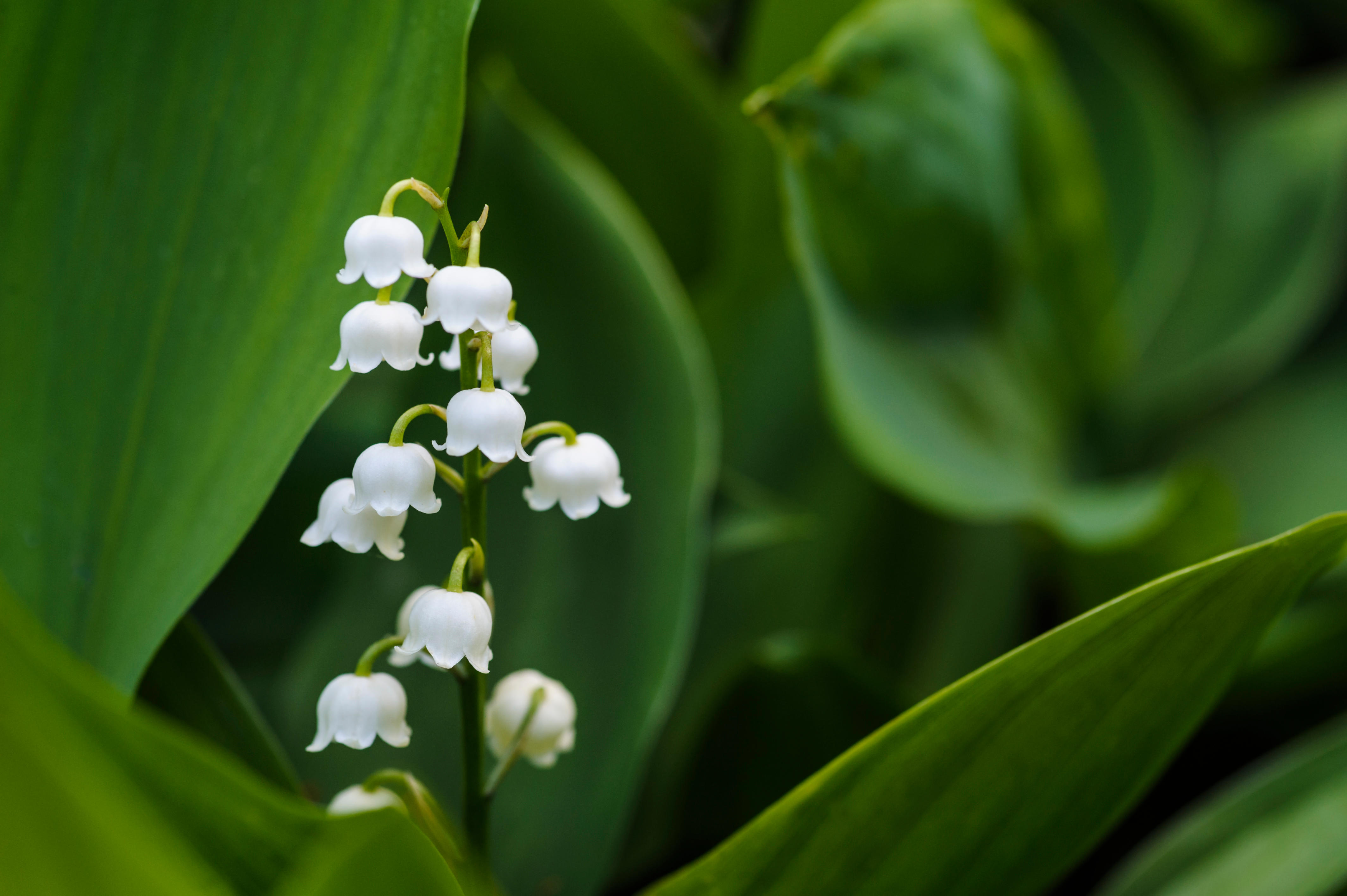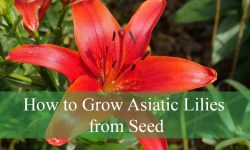I have a large lily garden that I have been cultivating for years. Every summer, I enjoy watching the bees buzzing around the flowers, gathering pollen. This year, however, there are no bees on my lilies.
I’m not sure what could be causing this.
Bees are important pollinators of many flowers, including lilies. If you don’t have bees on your lilies, it could be because they’re not blooming yet, there aren’t enough bees in your area, or the bees are being attracted to other flowers. To encourage bees to visit your lillies, make sure they’re blooming and plant a variety of flowers that will attract them.
Bees are not the only pollinator to protect! Hoverflies pollinating lilies.
Flowers That Don’T Attract Bees And Wasps
Bees and wasps are attracted to flowers for their nectar, but there are some flowers that don’t produce nectar or have very little nectar. These flowers may still be attractive to bees and wasps because of their pollen or other factors, but they’re not as likely to be visited by these insects.
Some flowers that don’t attract bees and wasps include:
– Orchids
– Carnations
– Lilies
– Daffodils
– Chrysanthemums
These flowers either don’t produce nectar or have very little nectar, so they’re not as attractive to bees and wasps.
However, they may still be visited by these insects if they’re in search of pollen or another food source.
Plants That Don’T Attract Bees
Bees are important pollinators, but there are some plants that don’t attract them. This can be due to the plant’s size, shape, or lack of nectar or pollen. Some examples of plants that don’t attract bees include:
-Mullein (Verbascum thapsus)
-Lamb’s quarters (Chenopodium album)
-Smartweed (Polygonum hydropiperoides)
-Pennycress (Thlaspi arvense)
If you’re looking to create a bee-friendly garden, these plants can be avoided. Instead, focus on planting flowers that are rich in nectar and pollen, such as:
-Aster (Aster spp.)
-Marigold (Tagetes spp.)
-Sunflower (Helianthus annuus)
Do Lilies Attract Bees
The answer may surprise you, but lilies actually don’t attract bees! While these flowers are beautiful and have a sweet fragrance, they don’t produce nectar like other flowers that bees are attracted to. However, this doesn’t mean that bees never visit lilies – they may stop by for a quick drink of water from time to time.
So if you’re looking to attract bees to your garden, plant some other flowers that they love, such as clover, lavender or sunflowers.
Do Mums Attract Bees
Bees are attracted to mums for their nectar and pollen. The flowers of the mum plant are rich in these two bee-attracting substances, making them a popular choice for beekeepers looking to add to their hives. While mums do attract bees, they are not necessary for the survival of the hive.
A healthy hive will have a variety of flowers available for the bees to collect nectar and pollen from.

Credit: www.woodlandtrust.org.uk
Why Do Some Flowers Not Attract Bees?
Bees are attracted to flowers for their pollen and nectar, but not all flowers provide these resources. Some flowers have evolved to produce little or no nectar, depending on the pollinator they attract. For example, orchids are pollinated by bees that mistake them for other flowers and do not receive any rewards in return.
This type of relationship is known as deceptive pollination. Other times, a flower may produce nectar that is too dilute for bees to bother with. In either case, these flowers usually have some other means of attracting pollinators, such as bright colors or fragrance.
How Do I Attract Bees to My Flowers?
Bees are attracted to flowers for their nectar and pollen. Nectar is a sugary liquid secreted by plants to attract pollinators like bees. Pollen is a powdery substance that contains the male reproductive cells of plants.
When bees collect nectar and pollen from flowers, they spread the plant’s pollen to other flowers, which helps fertilize the seeds and fruits produced by the plant.
To attract bees to your flowers, make sure you have a variety of flowering plants in your garden that bloom at different times throughout the growing season. Be sure to include some native wildflowers in your mix, as they are especially attractive to bees.
You can also try planting a bee-friendly herb such as lavender or thyme, which will not only attract bees but also help keep them away from your other plants (bees don’t like the smell of these herbs). Finally, avoid using pesticides or other chemicals in your garden, as these can be harmful to bees.
Do Lily Plants Attract Bees?
While there are many flowers that bees are attracted to, lily plants are not typically one of them. This is because lilies do not produce nectar, which is what bees feed on. Instead, they rely on pollen for reproduction.
While some bees may visit lily flowers for their pollen, they are not a major source of food for these insects.
Is the Lack of Bees on My Lilies Related to the Lack of Endosperm in Orchids?
The possible connection between the absence of bees on lilies and the absence of endosperm in orchids sparks curiosity. It raises the question of whether there is a correlation between these two phenomena. Exploring why orchids lack endosperm might shed light on their reproductive strategy and the potential impact on their pollination process.
Are Lilies Self Pollinating?
Lilies are not self-pollinating. They require the assistance of bees or other insects to transfer pollen from the male organ or stamen to the female organ or pistil. Once pollination has occurred, the lily will produce a seed capsule that contains many tiny seeds.
Can Ice Cubes Help Attract Bees to My Orchids?
Can ice cubes help attract bees to my orchids? One way to try is to put ice cubes on orchids. The cold sensation may mimic dewdrops, attracting bees in search of water. However, this technique’s effectiveness may vary, so it’s important to consider other factors that influence bee behavior, such as the availability of nectar and location.
Conclusion
If you’re wondering why you don’t have bees on your lilies, there could be a few reasons. First, make sure that your lilies are in bloom – bees are more likely to visit flowers that are in bloom. Second, check to see if there are any other flowers nearby that are attracting the bees – if so, they may not be able to find your lilies.
Finally, try planting some bee-friendly plants near your lilies – this will help attract them to the area.






